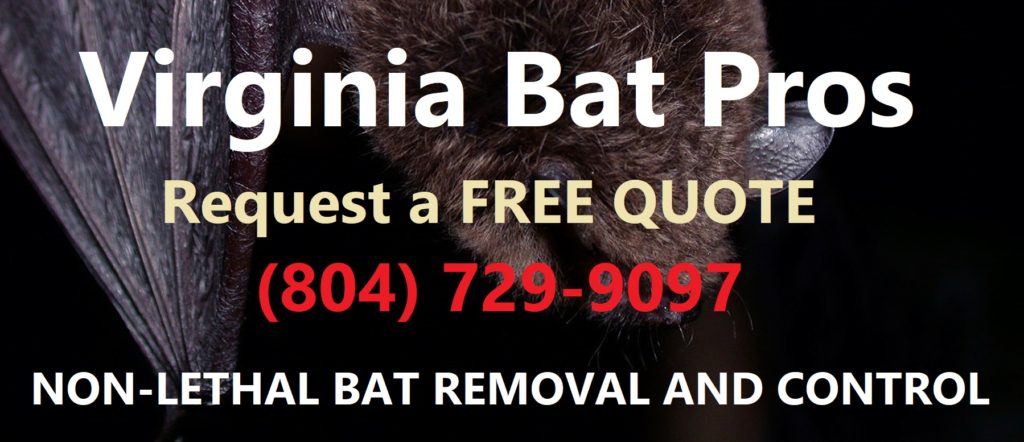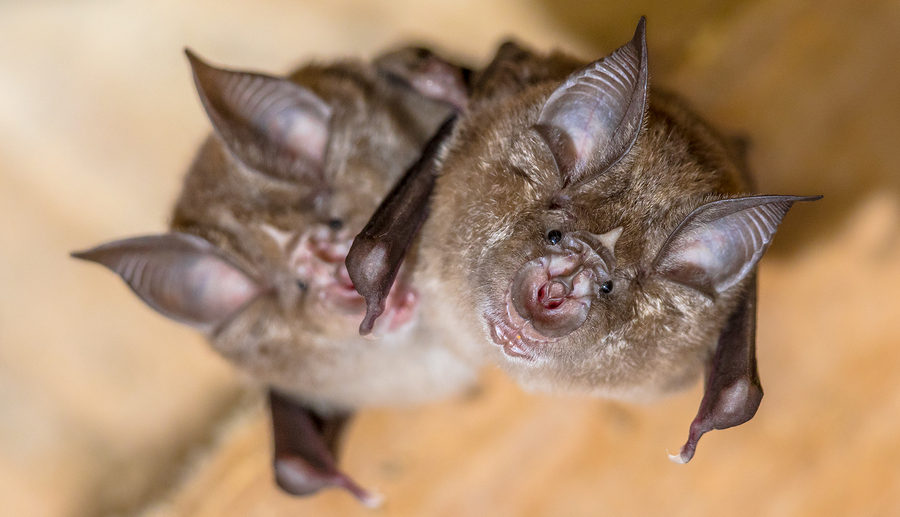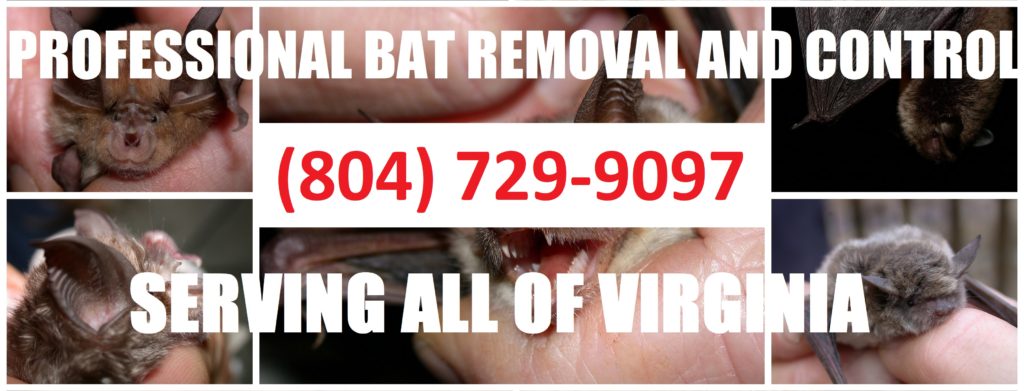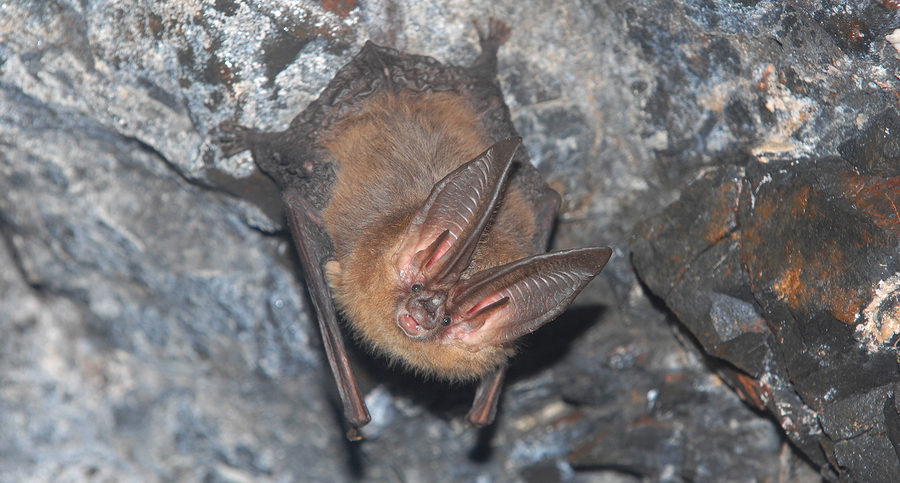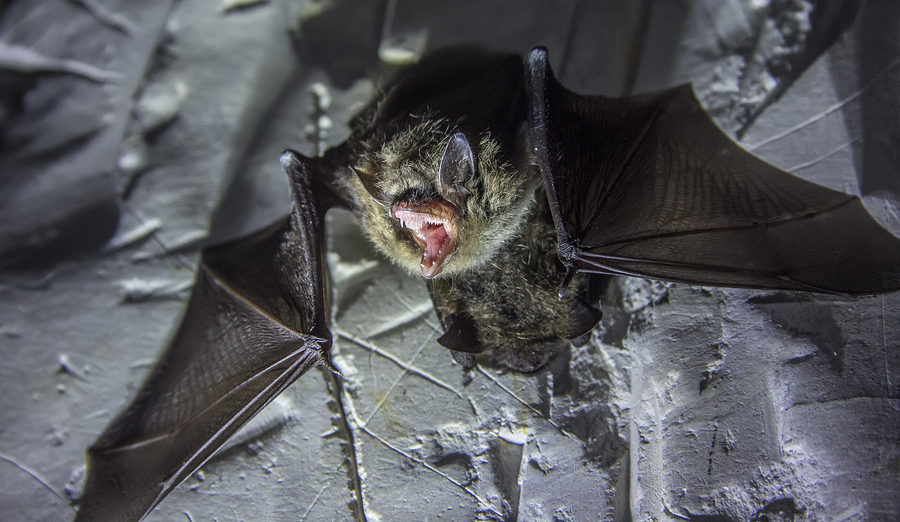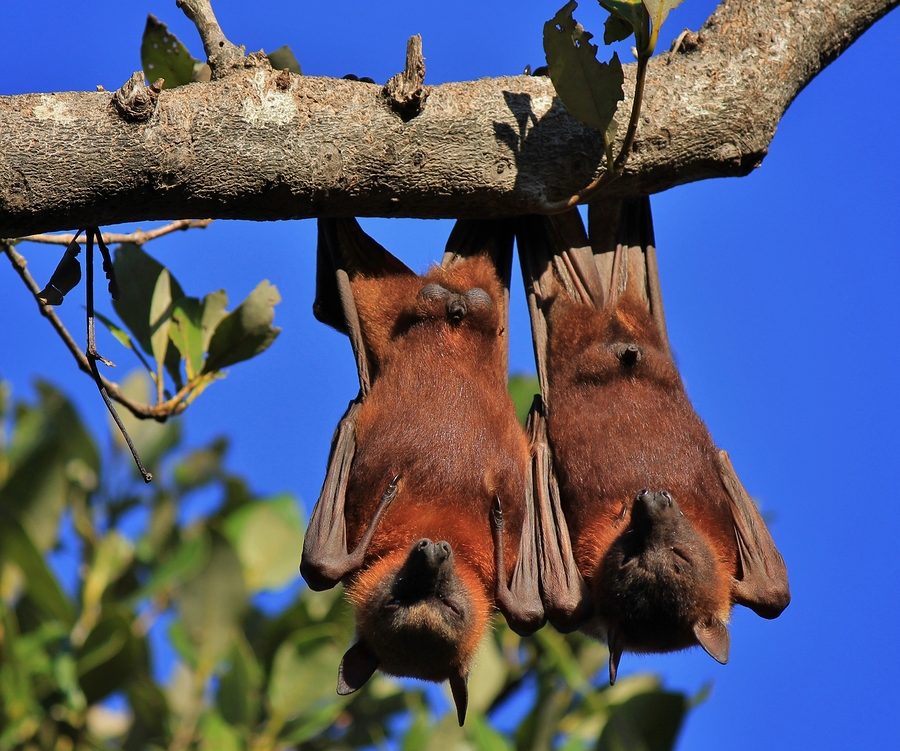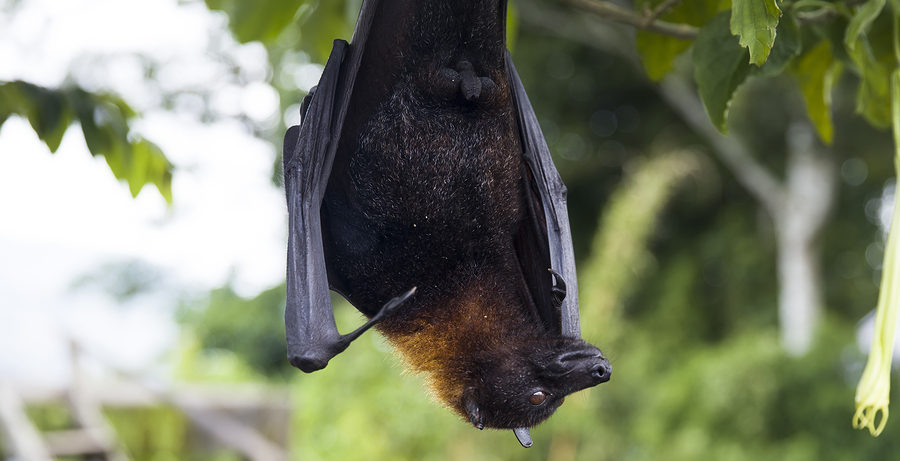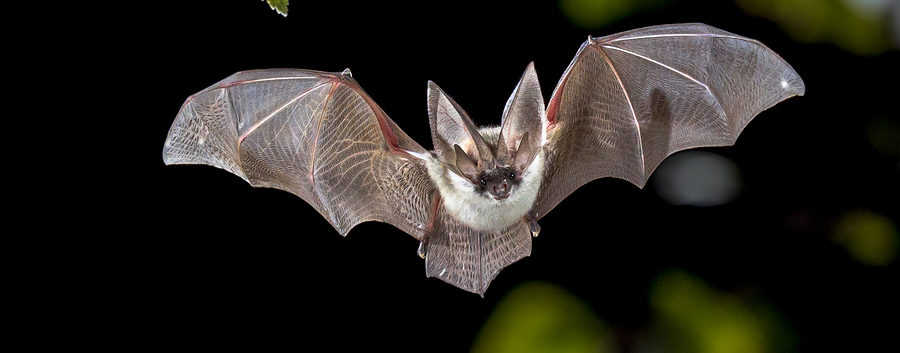Bats are incredible mammals. Not only are they the only mammalian species capable of true, authentic flight, they play a vital role in our surrounding Eco-systems. And although bats have a stigma to them, and a poor reputation for being a nuisance to home and building owners, they are protected under state and federal law. This is especially true for endangered bat species. Sadly, species all across the globe are still becoming endangered and close to extinction. We have to work harder as a society to support animal protection and initiatives in order to keep our beloved animal kingdom sustainable and strong.
Continue reading to review some common questions about endangered bats, including which species are endangered, why some bats are becoming extinct, and much more.
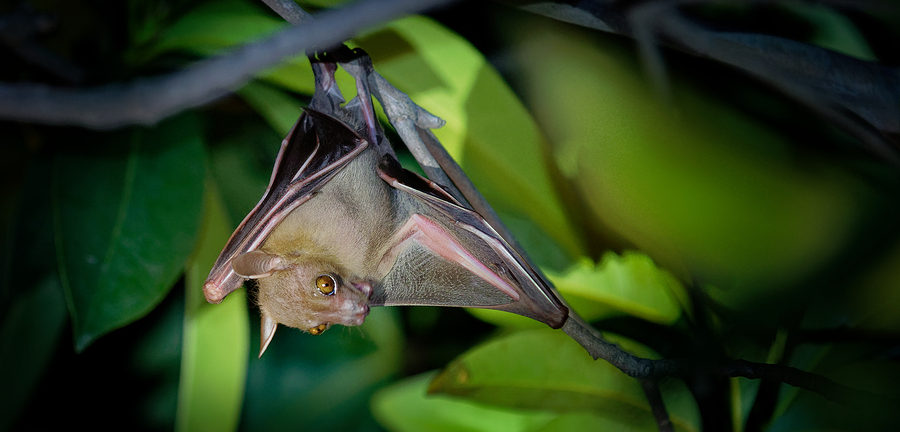
How Many Bats are Endangered?
Endangered bats are also referred to as “threatened” species. There are multiple levels of endangerment. Bat species may fall under “Critically-Endangered” or “Endangered” depending on the severity of threat. According to the IUCN (International Union for the Conservation of Nature) Red List of Threatened Species, there are 26 critically endangered species, 51 endangered species, and 954 additional species that are considered vulnerable to endangerment. However, these numbers are always changing and difficult to keep up with.
Is There a Difference Between Endangered and Extinct?
Extinct species have all died out and are no longer in existence anywhere on the planet. The term extinct is though to come from the Latin term, extinctus, which translates to the modern, extinguish. Endangered species face an imminent risk of extinction. Some examples of extinct animals include the Dodo, Great Auk, Steller’s Sea Cow, and the Tasmanian Tiger.
Why Do Bats Become Extinct?
There are several reasons that have contributed to the demise of certain bat species. Such factors include land over-development, diseases like White Nose Syndrome, and habitat destruction. In fact, the biggest contributing factors are loss of habitat, like caves, forests, and nesting areas. When bats lose their homes, they search for new homes, like our attics and crawl spaces! It is not their fault, which is why bats should never be regarded as a bad animal. They are innocent creatures that have suffered substantial habitat loss.
Which Bats are Endangered in the United States?
According to the U.S. Fish & Wildlife Service, there are 13 endangered bat species in the United States. Under the U.S. Endangered Species Act, there are 5 species and sub-species that are identified as Endangered. They are as follows:
Bonneted Bat – Eumops floridanus
Gray Bat – Myotis grisescens
Hoary Bat – Lasiurus cinereus semotus
Indiana Bat – Myotis sodalis
Lesser Long-Nosed Bat – Leptonycteris curasoae yerbabuenae
Little Mariana Fruit Bat – Pteropus tokudae
Mariana Flying Fox – Pteropus mariannus mariannus
Mexican Long-Nosed Bat – Leptonycteris nivalis
Northern Long-Eared Bat – Myotis septentrionalis
Ozark Big-Eared Bat – Corynorhinus townsendii ingens
Pacific Sheath-Tailed Bat – Emballonura semicaudata rotensis
Samoan Pacific Sheath-Tailed Bat – Emballonura semicaudata semicaudata
And Sadly………
The Virginia Big-Eared Bat
(Corynorhinus Townsendii Virginianus)
Got Nuisance Bat Problems in Virginia?
Contact Virginia Bat Pros at 804-729-9097 for safe and humane bat removal and control at a fair price. Regardless of the size or scope of your bat abatement and cleanup needs, we have the experience and resources necessary to remedy your bat problem in no time at all. Our professionals are focused on safe and effective results, but more importantly, our client’s complete satisfaction. Contact us anytime for free estimates, advice, and assistance.
